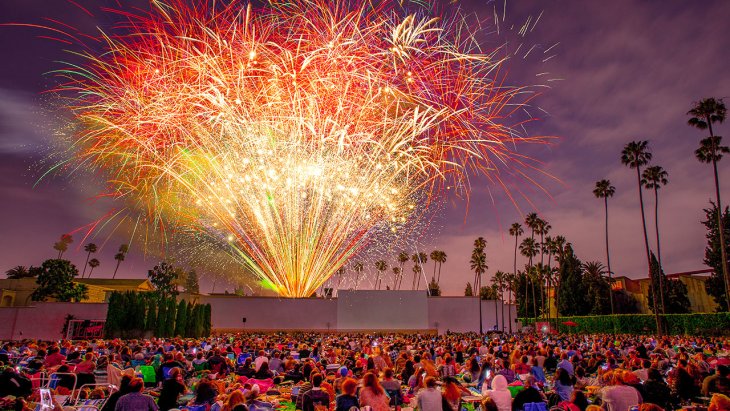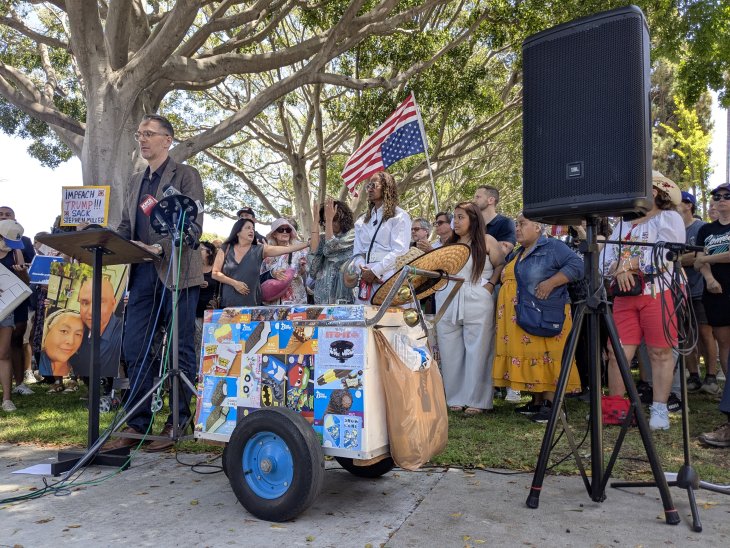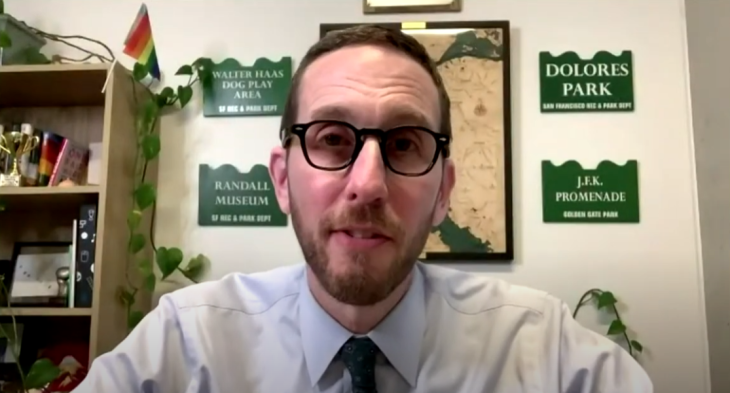Celestial Event Requires Safety Precautions, Once in 20-Year Event
On April 8, 2024, a total solar eclipse will darken the skies over Mexico, the United States, and Canada. This rare event occurs when the Moon positions itself directly between the Earth and the Sun, casting a shadow that completely obscures the Sun’s face. The surroundings plunge into an eerie darkness reminiscent of dawn or dusk. The eclipse will begin around 10:00 a.m. PDT.

Amid the anticipation of this awe-inspiring phenomenon, safety remains paramount for spectators. It’s imperative to adhere to safety guidelines and ensure proper eye protection when observing the eclipse. You can check out the recommended safety precautions from NASA here.
Do not look directly into the eclipse without eye protection or an eclipse viewer or through a camera, telescope, binoculars, or any other optical device while wearing eclipse glasses or using a handheld solar viewer — the concentrated solar rays will burn through the filter, and cause serious eye injury.
Viewers are encouraged to join the live broadcast of the eclipse at NASA.com or the Griffith Observatory as it traverses North America. The eclipse begins in Mexico and extends across the United States from Texas to Maine before concluding its journey over Canada’s Atlantic coast. NASA will also provide a Spanish-language broadcast of the event.
The path of totality, where observers can witness the Moon entirely masking the Sun, revealing the solar corona, spans between 108 and 122 miles wide during this eclipse. Compared to the 2017 eclipse, the 2024 event covers a broader swath of territory and passes over more cities and densely populated areas, facilitating easier access for spectators. Approximately 31.6 million individuals reside within the path of totality, with an additional 150 million living within 200 miles of this trajectory.
Notably, the upcoming eclipse offers a longer duration of totality compared to its predecessor, lasting up to 4 minutes and 28 seconds in certain areas. Despite residing outside the path of totality, 99% of individuals in the contiguous United States will have the opportunity to witness either a partial or total eclipse from their locations. Every state in the contiguous U.S., as well as parts of Alaska and Hawaii, will experience at least a partial solar eclipse.
The next eclipse that will be viewable in the contiguous United States won’t happen until August 23, 2044.























